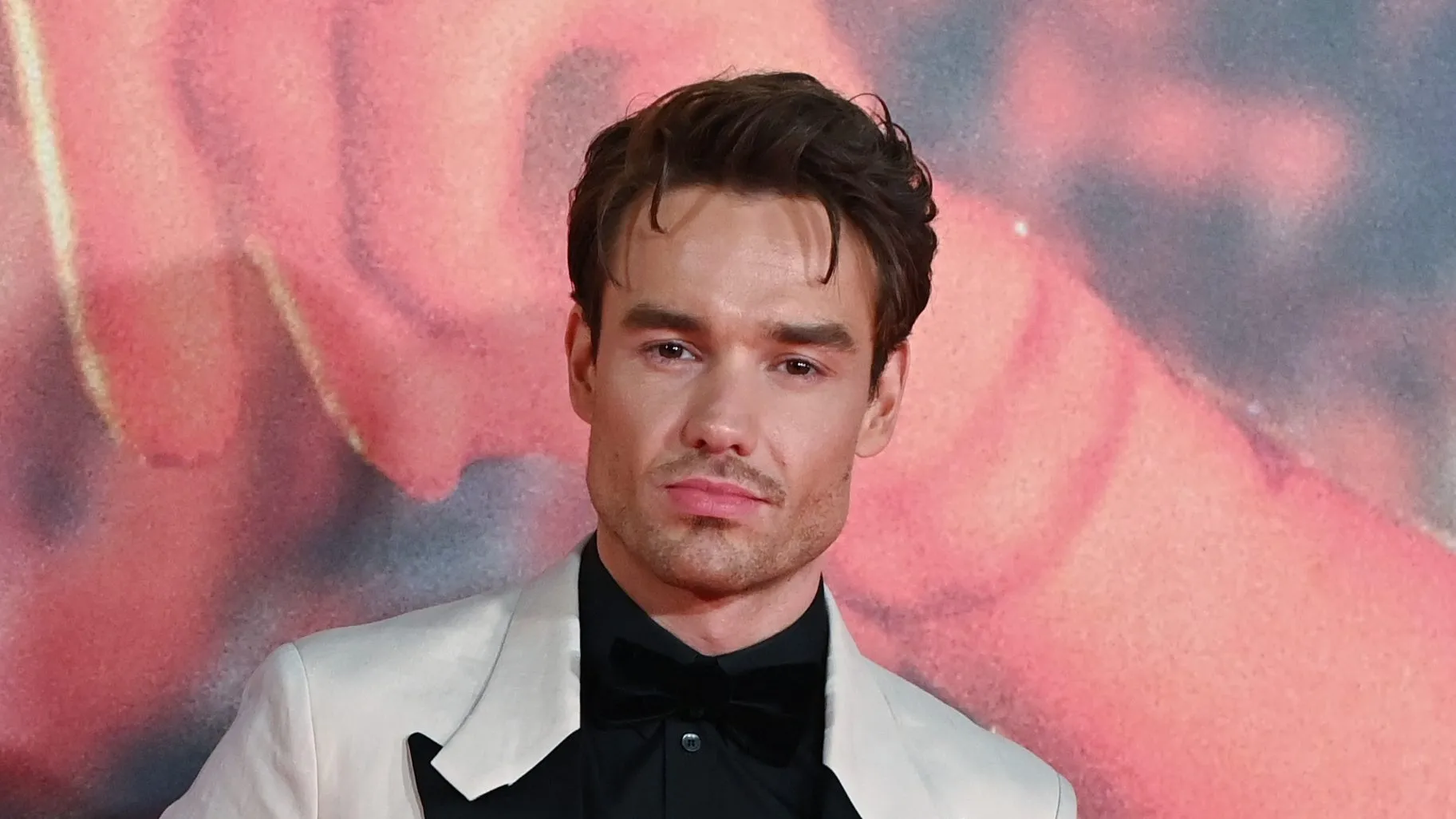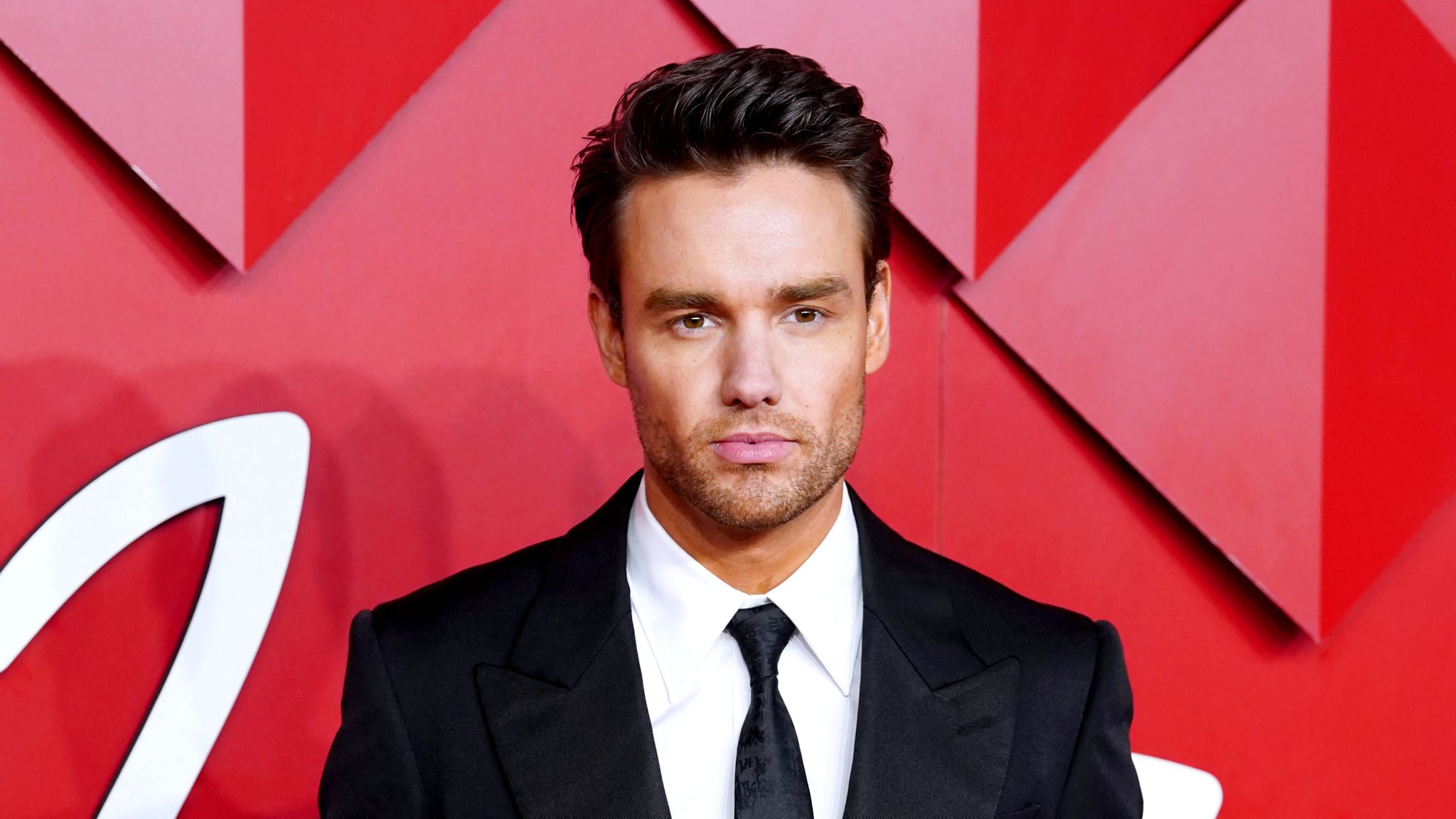The entertainment world was shaken to its core with the news of Liam Payne’s tragic passing. The beloved former One Direction star met a sudden and heart-wrenching end, leaving fans and fellow artists alike grappling with the reality of his loss. Found in a precarious state in his hotel room, Payne’s demise has been attributed to a fall from his balcony, under circumstances that suggest a disturbing interplay of substances including alcohol and clonazepam—a medication known for its potent effects.

The Fatal Night: What Went Wrong?
Reports from the scene reveal a harrowing sight: Payne’s hotel room was scattered with broken objects, a white powder, and clonazepam, alongside remnants of alcoholic beverages. The presence of these substances paints a grim picture of the singer’s last hours. Described by hotel staff as intoxicated and distressed, Payne’s behavior was erratic enough to raise immediate concern for his safety.
We have a guest drunk with drugs and alcohol. When he is conscious, he is breaking everything in the room. We need to send someone with urgency because I don’t know if the guest’s life is in danger because he is in a room with a balcony, and we are afraid he could do something that threatens life.
Clonazepam’s Role in the Tragedy
Clonazepam, also marketed as Rivotril, is primarily used for treating panic disorders and epilepsy. While it is effective in calming the nerves and preventing seizures, its side effects are not to be underestimated. The National Health Service outlines these as including drowsiness, dizziness, and muscle weakness, with more severe reactions like hallucinations, delusions, and coordination problems occurring especially when mixed with alcohol.
Given Payne’s history with mental health challenges and substance abuse, the interaction between his prescribed medication and any illicit drugs or alcohol he might have consumed could have exacerbated his distress, leading to his untimely death. The autopsy confirmed the cause of death as polytrauma due to a fall, accompanied by significant internal and external bleeding.

Beyond the Headlines: Liam Payne’s Battle with Inner Demons
Liam Payne’s struggles with mental health have been well-documented over the years, making his sudden death all the more poignant. In a candid revelation during the documentary Straight Talking with Ant Middleton, he admitted:
I’m quite lucky to be here still, which is something I’ve never really shared with anyone. I can’t go too deep into it because I don’t know how I feel about it myself. I still haven’t made my peace with it, to be honest. (…) There’s times where that level of loneliness and people getting into you every day. Just every so often, you’re like, when will this end? That’s almost nearly killed me a couple of times.
These admissions shed light on the immense pressures Payne faced in the limelight and the profound impact of fame on his mental and emotional well-being. His previous stints in rehab and open discussions about his battles with alcohol indicate a long-standing struggle, underscoring the complexities of mental health in the fast-paced world of celebrity culture.

Reflection and Moving Forward
Liam Payne’s tragic end serves as a stark reminder of the potentially lethal consequences of drug interactions and the profound effects of mental health struggles. As investigations continue, it is crucial for fans and the public to reflect on the pressures faced by those in the public eye and the importance of supportive interventions in preventing such tragedies.
In remembering Liam Payne, let us not only mourn his loss but also amplify the conversation about mental health and substance abuse in the hope of safeguarding others from a similar fate. His legacy, marked by both his musical achievements and his personal battles, will continue to influence and inspire, even in his absence.

